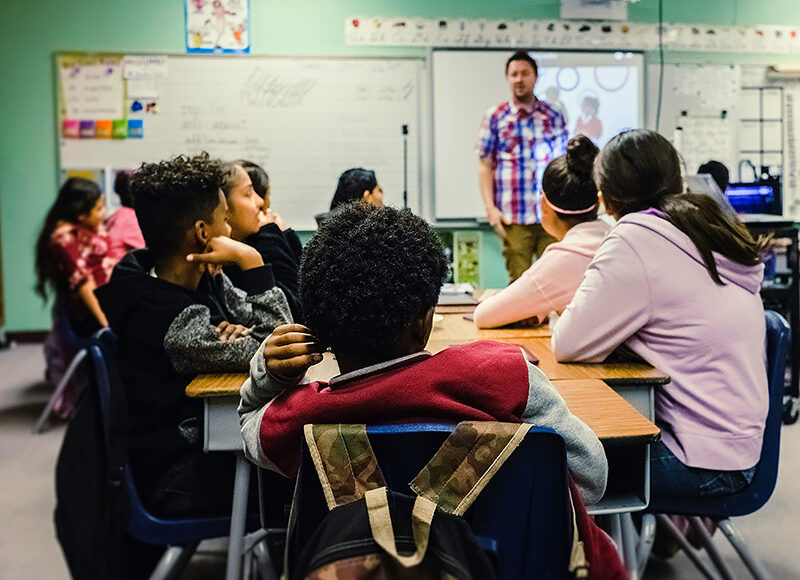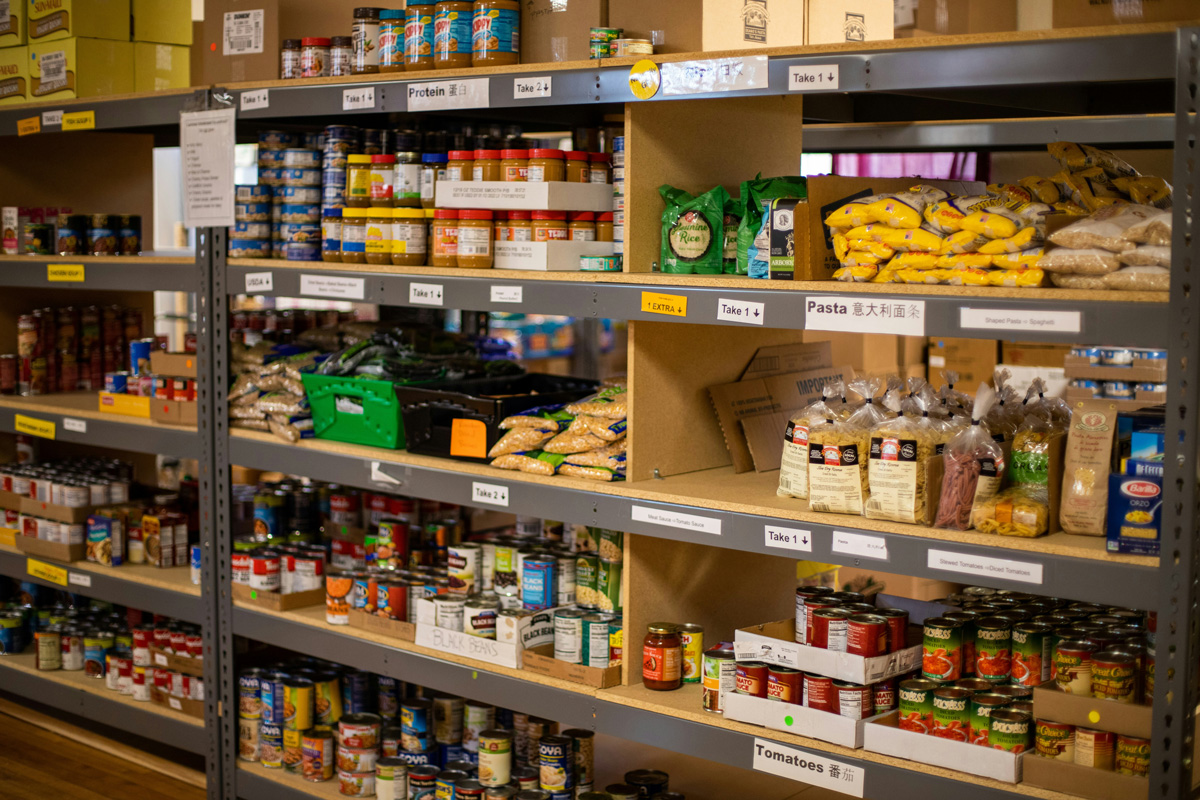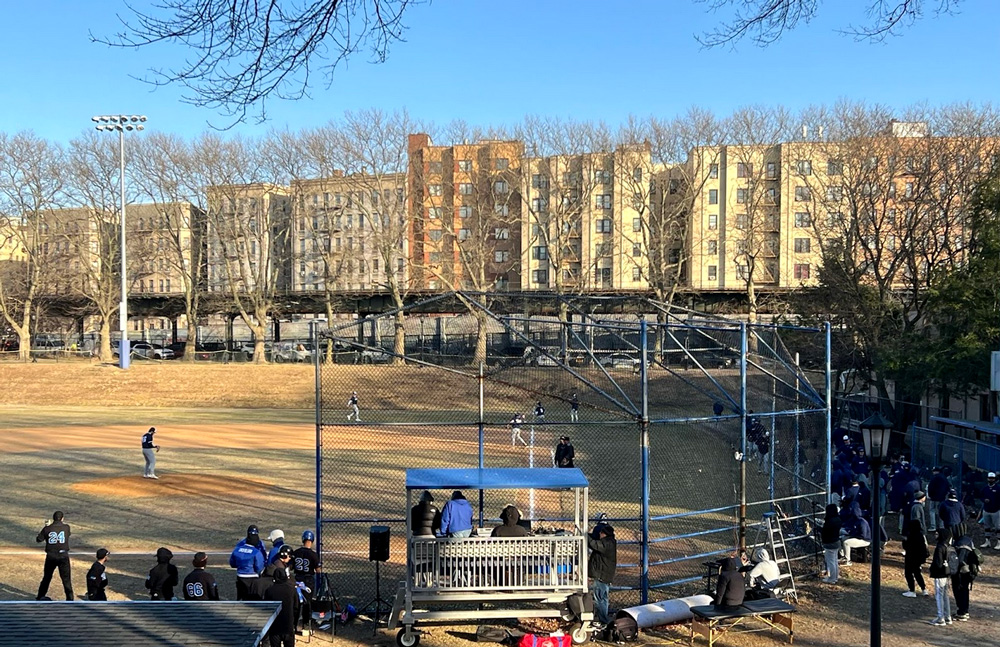(Photo by Kenny Eliason)
By Amen Dilawar
He was in sixth grade and still couldn’t read.
His kindergarten teacher flagged that he was falling behind in reading. His mother requested an evaluation for special education services, went through the process, and followed every step. However, the school’s special education team came back and said, “No, he’s not that far behind, so he is not eligible for special education services.”
Two years passed. He was in second grade and still reading at a kindergarten level.
Eventually, he was placed in an integrated co-teaching class but received no reading instruction. Three more years passed, and by sixth grade, he still couldn’t read.
“It’s starting to affect him on an emotional level, and I’m surprised he hasn’t given up at this point,” said Nelson Mar, a senior staff attorney at Bronx Legal Services and a product of the NYC public school system, who has spent over 25 years advocating for students with disabilities. With expertise in both special education and student discipline law, Mr. Mar has witnessed how delays and systemic neglect can derail lives and shatter futures.
Despite early concerns from his teacher, “they never evaluated him for dyslexia—not even until now.” Mr. Mar and his team are now fighting to get the student long-overdue services. “Hopefully very soon,” he says, “we’ll finally get him the support he should’ve had from the start.”
According to Chalkbeat, “Last school year, the city received roughly 26,000 legal complaints related to special education, and it paid out $1.35 billion on those claims, officials said. That’s up from 6,000 cases and $189 million in payments a decade ago, officials said.” Not only this, but as noted in The Gothamist, “There are 1,558 paraprofessional vacancies in the 474 surveyed schools, according to the teachers union.”
It is evident that many families already know that, in New York City, education is often lauded as the foundation of opportunity, but for students with disabilities, it continues to be a battleground where every right must be secured through institutional combat.
Unlike public schools, which are legally bound by the Individuals with Disabilities Education Act (IDEA) to provide Free Appropriate Public Education (FAPE), private schools function under no such obligation. This means that many students with disabilities are either denied admission outright or subtly pushed out when their needs are deemed as “burdensome.”
Specifically, public and charter schools can provide full Individualized Education Programs (IEPs), but general education private schools, such as Catholic schools or Yeshivas operate differently. If a student in a private school needs support services such as speech therapy or counseling, parents must work with the city’s Committee on Special Education to create an Individualized Education Services Program (IESP). An IESP offers services, not specialized programs like full-time special education classes, which are available through the public system. However, full-time special education placements are only considered after support in general education settings have been exhausted. This step-by-step approach, while well-intentioned, often delays access to the robust services some students urgently need.
These gaps are not merely limited to service delivery; they’re compounded by how schools respond when students struggle. For instance, in 2013, Nelson Mar served as lead attorney in TH et. al. v. Farina, a groundbreaking federal lawsuit filed on behalf of New York City students who were sent to hospital emergency rooms for exhibiting disruptive behavior in school.
“The most valuable lesson I learned from that case,” Mr. Mar said, “was that the legal system is a very imperfect instrument to address societal ills.”
For him, the root of the issue is structural. “The problem here is societal, and it’s rooted in poverty, because poverty causes people to experience and be exposed to trauma… more significant trauma than if you didn’t live in an impoverished and under-resourced community.”
He pointed to medical research exhibiting how such exposure can impact brain development, especially executive functioning, which governs attention, impulse control, and judgment. “That has been the focus ever since the lawsuit,” he said. “It’s led us to call for a change in school culture, calling for the adoption of healing-centered practices because at the end of the day, the school can be a valuable tool in building resilience for children, and that is what we need to center, especially in distressed neighborhoods.”
Another relevant case in point is shared by Jean Mizutani, Senior Education Specialist and the longest-serving staff member, at INCLUDEnyc, 40-year old federally-funded parent Training & Information Center and a non-profit that supports families of children and youth with disabilities. As part of their role, they provide free, multilingual support and guidance to families who receive Prior Written Notices (PWNs) from the Department of Education by helping them understand what’s being proposed, accepted, or denied in their child’s education plan.
She shared that a mother kept her autistic, nonverbal son home for years. No preschool, no kindergarten, because she feared placing him in a large, unprepared classroom. As he approached six, her sister urged her to try. They went to the DOE’s Family Welcome Center and were told to visit their zoned school. At the zoned school, administrators said they could enroll the child but only in a general education classroom to start. From there, they stated that “the special education evaluation process would begin and when that’s ready, we would have an IEP meeting, and we would meet to discuss services.” But this mother knew her child. Her son was an eloper who could leave classrooms or even buildings unsupervised. A general education setting without support was not just inappropriate; it was dangerous. They were told to call District 75 for a specialized autism program. District 75 said: “We can’t place him without an IEP.” They turned to the Committee on Special Education but were sent away because “the child wasn’t yet enrolled.” Four agencies. No placement. No accountability.
Ms. Mizutani commenced her journey with INCLUDEnyc as a parent of a six-year old with a disability. Reflecting on her role, she said “Really, it’s been a labor of love for me, because I think most parents, especially when they struggle a lot, to get the services their child need, you go through a lot, you learn a lot, you do a lot, and you wouldn’t want to see that wasted. And I think most advocates that started as parents, you know, feel that way. They really want to give back, because they were helped.” She also noted that one of the most impactful cases in the past decade is Endrew F., in which the Supreme Court ruled that IEPs must be reasonably calculated to provide educational progress tailored to a child’s individual circumstances, rather than merely offering minimal benefit.
More recently, universal school voucher programs are rapidly expanding, now in 11 states, and are increasingly drawing public funds to support private education, even for students who have never attended public school. Though originally framed as support for students with disabilities or those in under-resourced districts, vouchers have a disturbing history dating back to post–Brown v. Board, when they were used to maintain segregation.
Today, vouchers place new and often underestimated pressures on state budgets; in Arizona, for example, a program projected to cost $65 million ballooned to over $700 million in one year, which contributed to a state budget crisis. “Vouchers are consuming over 13% of our K-12 budget. Instead of lifting our schools out of 49th in the nation in funding and actually funding our teachers and providing adequate resources for 1 million students, our legislators decided instead to shore up $1 billion in vouchers, which are entitlements for well-off, white families in the suburbs who are already affording private school or homeschooling” said Beth Lewis, Director of Save Our Schools Arizona in a Public Dollars, Private Gain webinar.
In three states that enacted voucher programs —Louisiana, Indiana, and Ohio— researchers assessed student test scores in periods following program enactment and found that academic performance worsened. In addition, studies of voucher programs in Alabama, Milwaukee, Cleveland, and the District of Columbia found that students offered vouchers showed no improvement in reading or math over those not in the program. According to the National Coalition for Public Education, a survey of the Milwaukee voucher program conducted in 2013 found that “Out of 110 Milwaukee voucher schools surveyed, 39 reported having no art, music, physical education, library or technology specialist teacher.”
Even without a universal voucher program (at least not yet), thousands of families across New York City search for schools that will recognize their children as more than just liabilities on a budget sheet. As noted in The New York Times, “About 46 percent of New York City students with disabilities were chronically absent during the 2022-23 school year, the most recent period for which complete data is available, compared with 31 percent of their general education peers.”
The cost of inaction is too high. Every child, regardless of ability, deserves an education that empowers them to not only reach their full potential but also to prosper in the same atmosphere as their counterparts. Anything less is a failure not just of our education system, but of our collective moral responsibility to fulfill the needs of all individuals and establish an equitable dynamic for all populations.
Therefore, New York City must take corrective action to address this crisis. Private schools that accept public funding should be held to the same standards as public institutions. Or at the very least, we can improve student access to fundamental special education and mental/behavioral health services to make sure that students are supported, not criminalized, for their trauma. In the words of attorney Mar, “We should focus on establishing a healing-based school culture, less punitive measures for responding to children who are disruptive and a greater focus on remediation, and use of restorative practices. We must also ensure that there is a greater engagement of parents in the school community in general.”
Empowerment begins at home because when parents take the time to explain their child’s IEP in clear, relatable terms, they lay the foundation for self-advocacy, long before their child is ever asked to speak for themselves. “If it means that the kid is meeting with a teacher for small group instruction, then talk about it,” said Ms. Mizutani. “That’s what Ms. Smith does. That’s why Ms. Smith, you know, picks you up three times a week and takes you for small group instruction. That’s what she’s doing. So ultimately, the kid knows what the services are called, knows where the services are being provided, and can even give an opinion on it when they are invited to an IEP meeting at the age of 14.”








No comments
Sorry, the comment form is closed at this time.